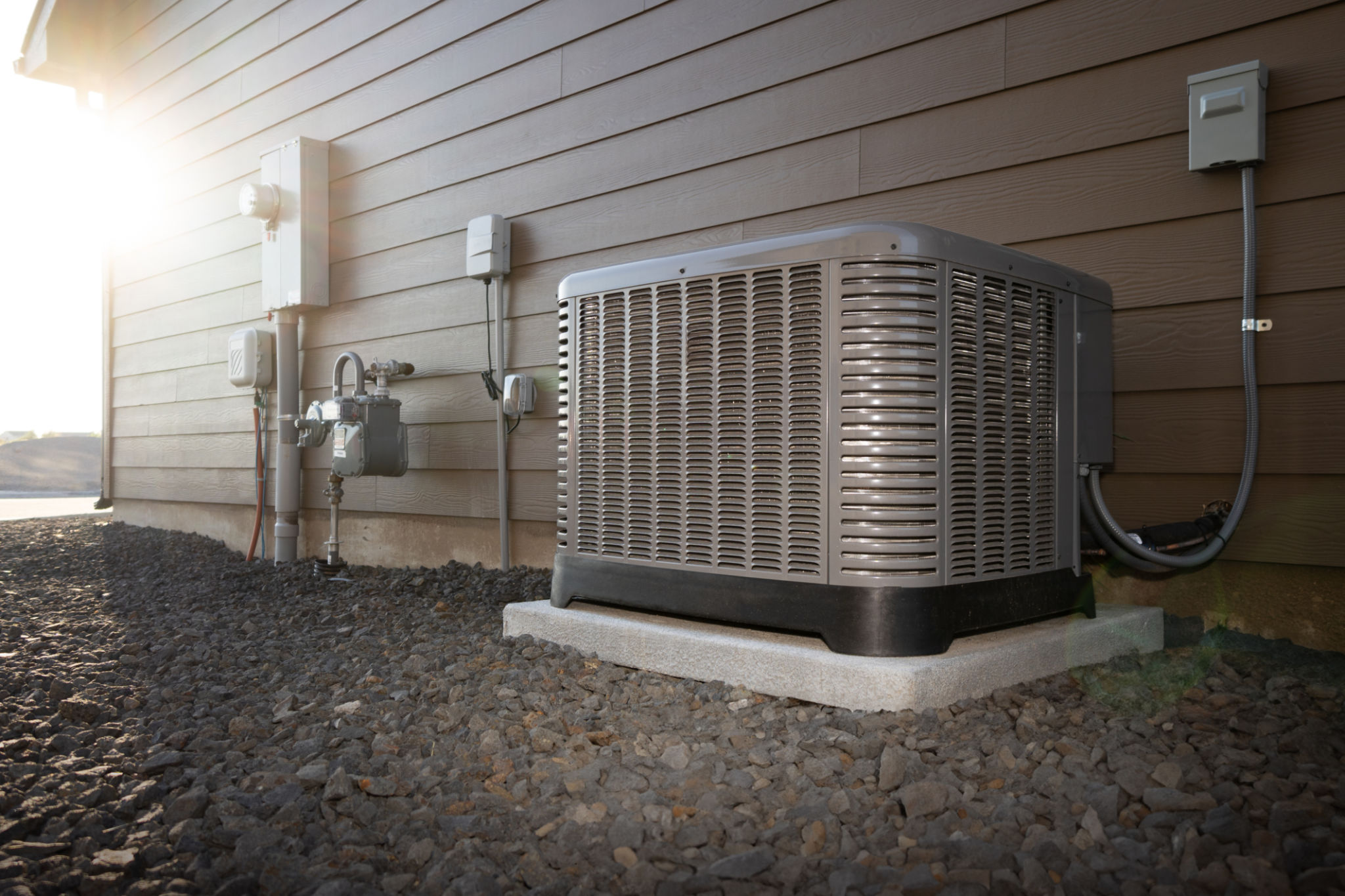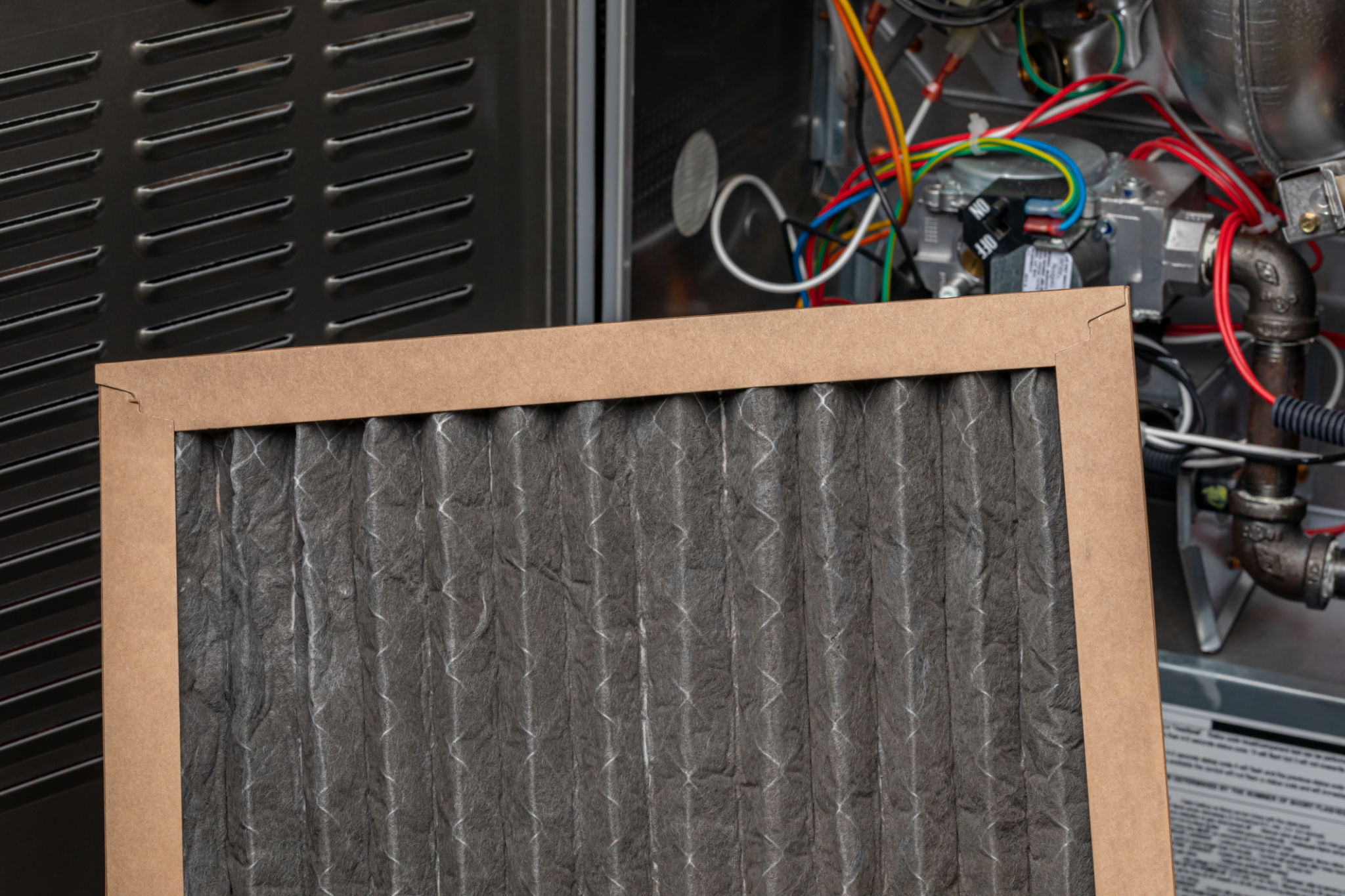How to Troubleshoot Common Air Conditioning Problems at Home
Understanding the Basics
Air conditioning is essential for maintaining comfort during hot weather, but like any home appliance, it can experience issues. Understanding the basic components of your AC system, such as the thermostat, air filter, and condenser unit, can help you troubleshoot common problems effectively. Regular maintenance can prevent many issues, but when problems arise, a systematic approach can help you identify and potentially resolve them.

Check the Thermostat
The thermostat is the control center of your air conditioning system. If your AC isn't turning on or isn't cooling properly, the thermostat is a good place to start. Ensure it is set to "cool" and the temperature setting is lower than the current room temperature. Sometimes, simply replacing the batteries can resolve the issue.
If the problem persists, consider recalibrating the thermostat or upgrading to a programmable model for more efficient operation.
Inspect and Replace Air Filters
Clogged or dirty air filters are a common cause of air conditioning problems. They restrict airflow, reducing the system's efficiency and causing it to work harder to cool your home. This can lead to higher energy bills and even damage the system over time.
- Locate the air filter compartment.
- Remove the old filter and check its condition.
- If dirty, replace it with a new one of the same size.
Replacing filters regularly, typically every 1-3 months, can prevent many issues and improve indoor air quality.

Check Circuit Breakers and Power Supply
If your AC isn't working at all, it's crucial to check the power supply. Ensure that the unit is plugged in and that no circuit breakers have tripped. Locate your home's electrical panel and check for any tripped switches related to your AC system. Resetting a tripped breaker may restore power to your unit.
Consistent tripping may indicate an underlying issue that requires professional attention, such as electrical faults or an overloaded circuit.

Examine the Outdoor Unit
The outdoor unit, or condenser, plays a vital role in your AC system's operation. Over time, debris like leaves and dirt can accumulate around it, obstructing airflow and reducing efficiency. Regularly inspect and clean around the condenser unit to ensure proper operation.
You may also want to inspect the unit's fins for damage. Bent fins can be gently straightened using a fin comb, improving airflow and system performance.
Listen for Unusual Noises
Noises coming from your AC unit can indicate various issues. Rattling noises might suggest loose parts, while grinding or squealing sounds could point to motor problems. Listening carefully can help you identify these problems early before they lead to more significant damage.
If you hear unusual noises, it's advisable to consult a professional technician for a thorough inspection and repair.
Inspect Refrigerant Levels
Low refrigerant levels can severely impact your AC's cooling capability. If you notice warm air blowing from your vents or ice forming on the refrigerant line, there may be a refrigerant leak. Unfortunately, addressing refrigerant issues typically requires a certified technician, as handling refrigerants involves environmental and safety regulations.
Regular maintenance by a professional can help detect leaks early and maintain optimal refrigerant levels in your system.
Know When to Call a Professional
While many common AC issues can be troubleshooted at home, some problems are best left to professionals. If you've tried basic troubleshooting steps without success or suspect a more complex issue, it's time to call in an HVAC technician. They have the tools and expertise needed to diagnose and fix intricate problems safely and efficiently.
Regular professional maintenance can also extend the lifespan of your AC system, ensuring reliable performance when you need it most.
